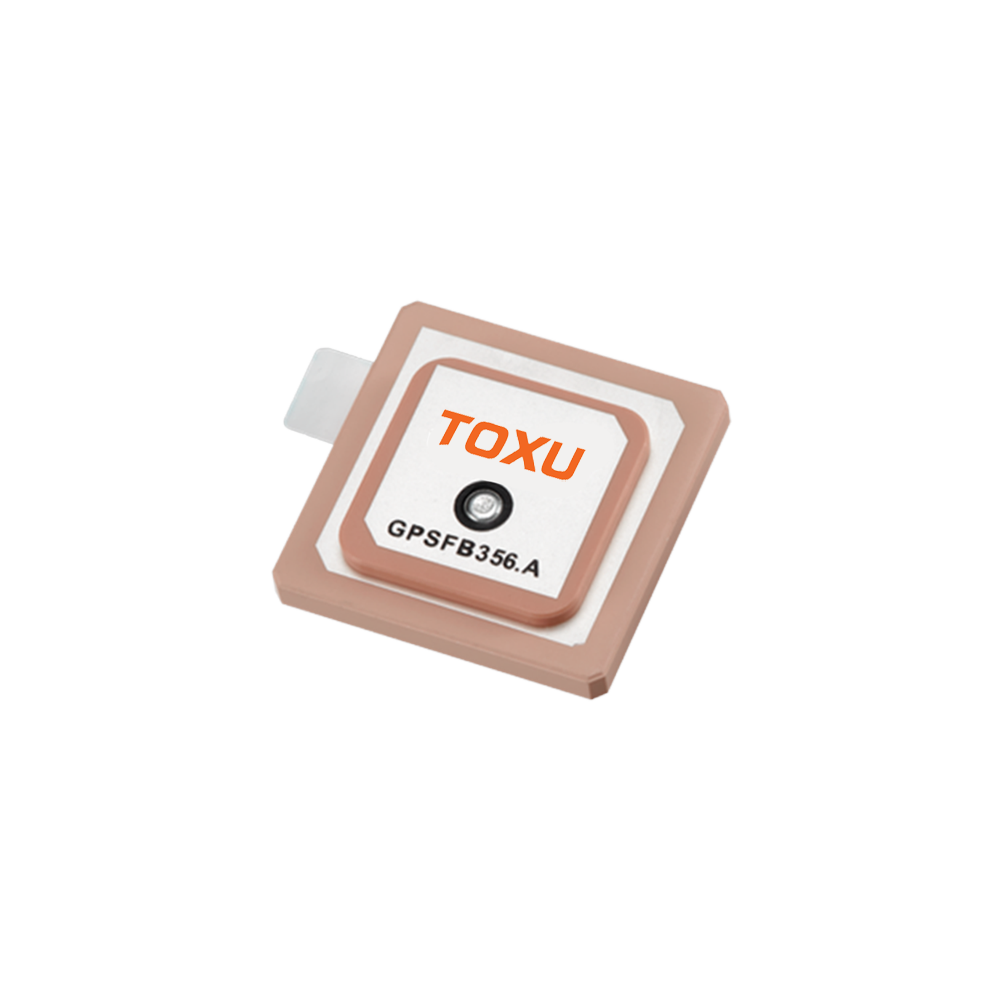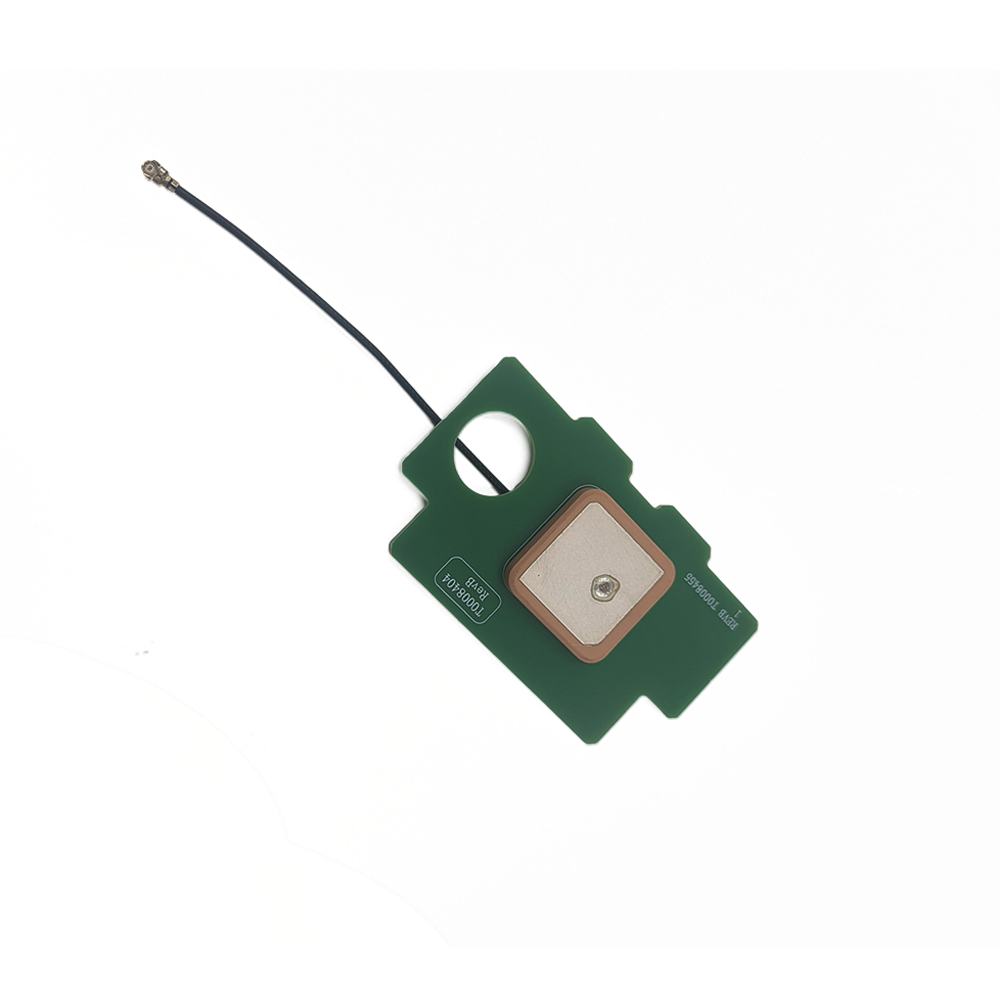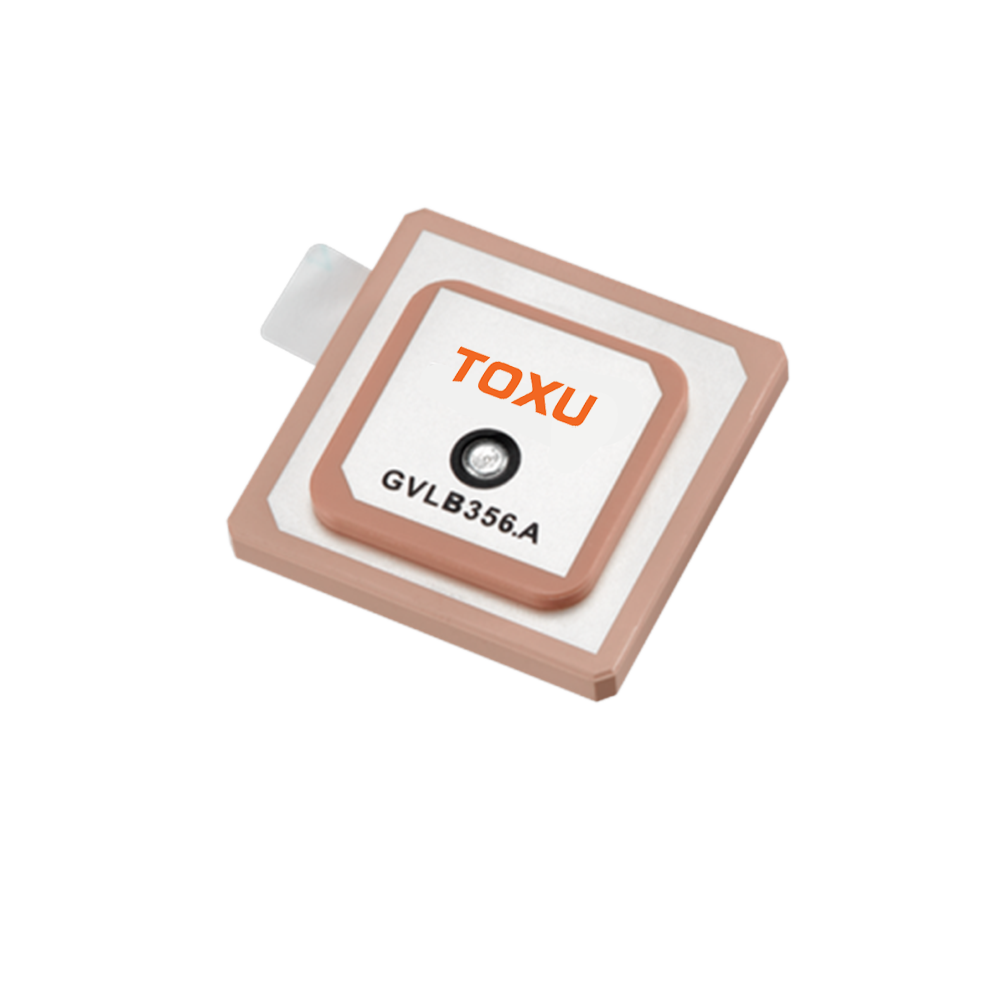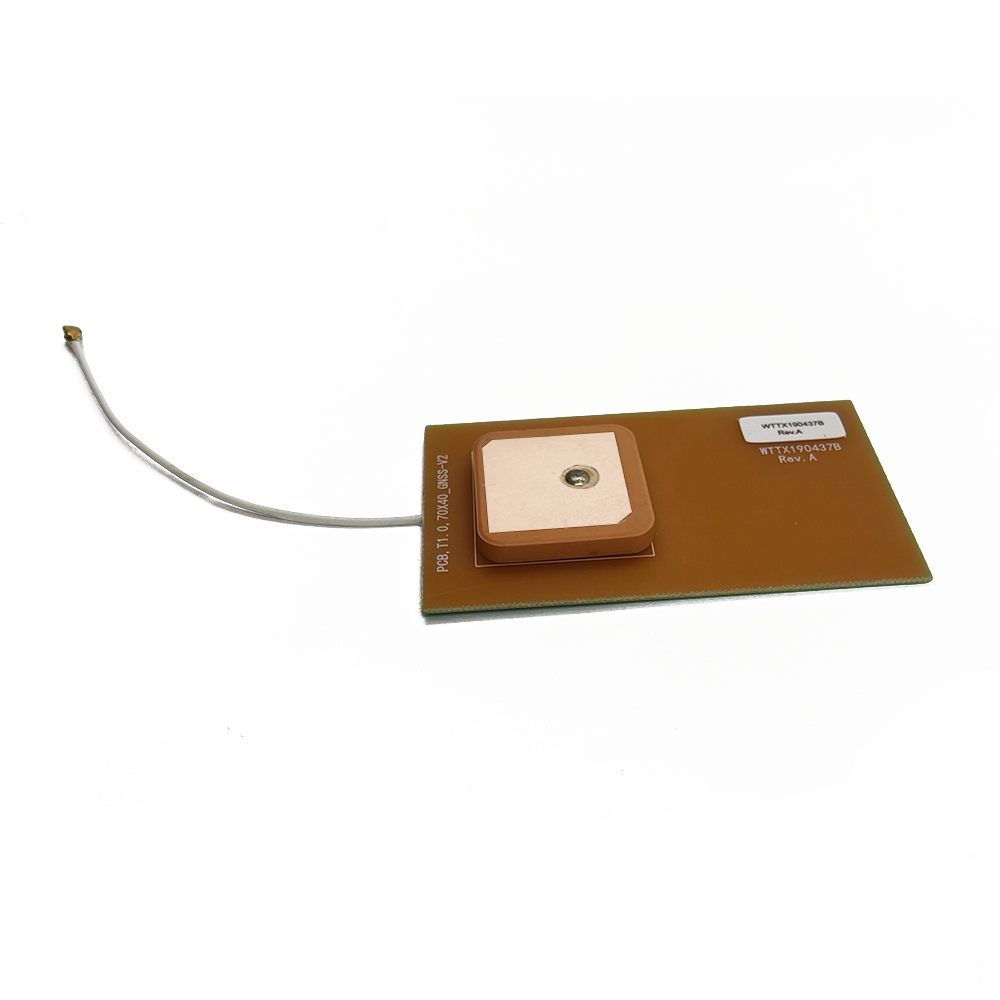Introduction
Low-profile custom GNSS patch antennas find applications in a wide range of industries, from consumer electronics to automotive, aerospace, and military systems. This article explores the key applications of these antennas and discusses the future trends that are shaping their development.
Applications
Consumer Electronics: GNSS patch antennas are widely used in smartphones, tablets, smartwatches, and other wearable devices, enabling location-based services such as navigation, mapping, and fitness tracking. The compact size and low cost of patch antennas make them ideal for these mass-produced consumer devices.
Automotive: In the automotive industry, GNSS patch antennas are used for in-vehicle navigation systems, telematics, and advanced driver assistance systems (ADAS). The robustness and reliability of patch antennas make them suitable for the harsh automotive environment, where they must withstand vibration, shock, and temperature variations.
Aerospace: GNSS patch antennas are used in aircraft navigation systems, unmanned aerial vehicles (UAVs), and satellites for positioning, navigation, and timing. The lightweight and compact size of patch antennas are advantageous in aerospace applications, where weight and space are critical factors.
Military: In military applications, GNSS patch antennas are used for soldier positioning, asset tracking, and guidance systems for missiles and unmanned ground vehicles (UGVs). The ruggedness and reliability of patch antennas make them suitable for the demanding military environment.
IoT and Smart Cities: With the growth of the Internet of Things (IoT) and smart city initiatives, GNSS patch antennas are being used in a wide range of connected devices, such as smart meters, traffic sensors, and environmental monitoring systems. These antennas enable precise positioning and timing, which are essential for the efficient operation of IoT networks.
Future Trends
Multi-Band and Multi-Constellation Support: As the number of GNSS constellations continues to grow, there is a increasing demand for antennas that can support multiple frequency bands and constellations simultaneously. Future GNSS patch antennas will need to be designed to operate across a wide range of frequencies, enabling reception of signals from GPS, Galileo, GLONASS, BeiDou, and other regional systems.
Integration with 5G and Other Wireless Technologies: The integration of GNSS with 5G and other wireless technologies, such as Wi-Fi and Bluetooth, is expected to drive the development of multi-functional antennas. These antennas will need to support multiple frequency bands and communication protocols, while maintaining a compact and low-profile form factor.
Advanced Materials and Manufacturing Techniques: The use of advanced materials, such as high-dielectric-constant substrates and metamaterials, is expected to improve the performance of GNSS patch antennas. New manufacturing techniques, such as 3D printing and laser direct structuring, will enable the production of antennas with complex geometries and improved performance.
Miniaturization and Integration with System-on-Chip (SoC) Solutions: As electronic devices continue to shrink in size, there is a trend towards miniaturizing GNSS patch antennas and integrating them with SoC solutions. This integration will reduce the overall size and cost of GNSS receivers, making them suitable for a wider range of applications.
Enhanced Security and Anti-Jamming Capabilities: With the increasing threat of GNSS jamming and spoofing, there is a growing demand for antennas with enhanced security and anti-jamming capabilities. Future GNSS patch antennas will need to incorporate techniques such as adaptive nulling, beamforming, and cryptographic authentication to protect against these threats.
Conclusion
Low-profile custom GNSS patch antennas have become an essential component in modern GNSS receivers, enabling precise positioning, navigation, and timing across a wide range of applications. Their compact size, low cost, customizability, and ease of integration make them ideal for consumer electronics, automotive, aerospace, military, and IoT applications. However, they also face challenges such as limited bandwidth, sensitivity to substrate properties, and susceptibility to multi-path and interference.
The future of GNSS patch antennas looks promising, with trends such as multi-band and multi-constellation support, integration with 5G and other wireless technologies, and the use of advanced materials and manufacturing techniques driving their development. As the demand for precise and reliable GNSS reception continues to grow, low-profile custom GNSS patch antennas will play an increasingly important role in enabling a wide range of location-based services and applications. By addressing the current challenges and embracing future trends, designers and manufacturers can ensure that GNSS patch antennas continue to meet the evolving needs of the market.




































































 Language
Language
 En
En Cn
Cn Korean
Korean

 Home >
Home > 








 18665803017 (Macro)
18665803017 (Macro)













